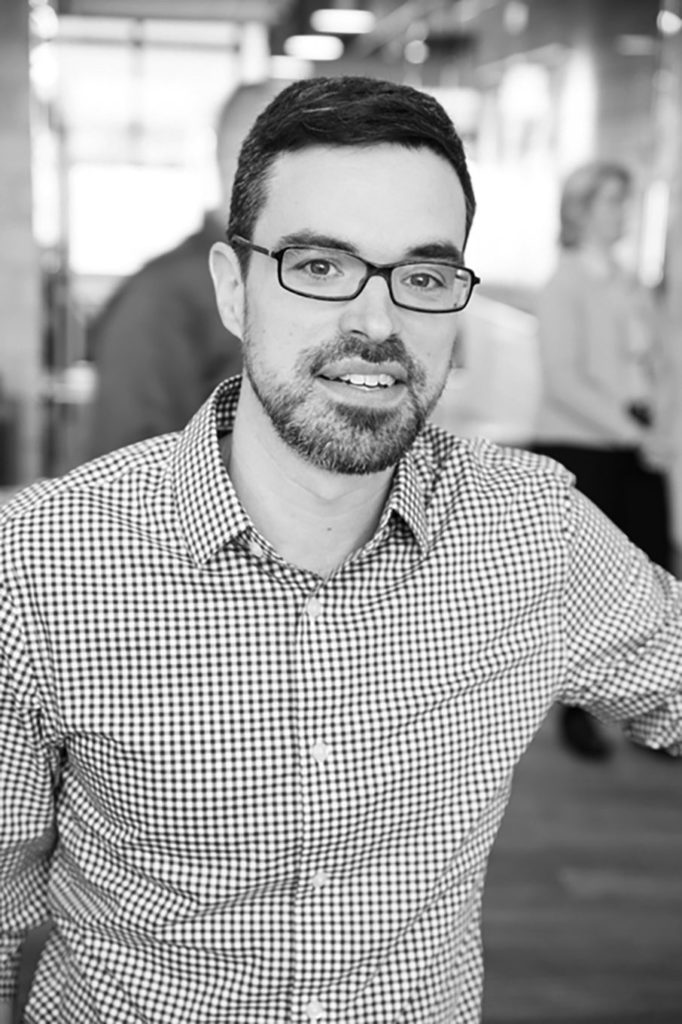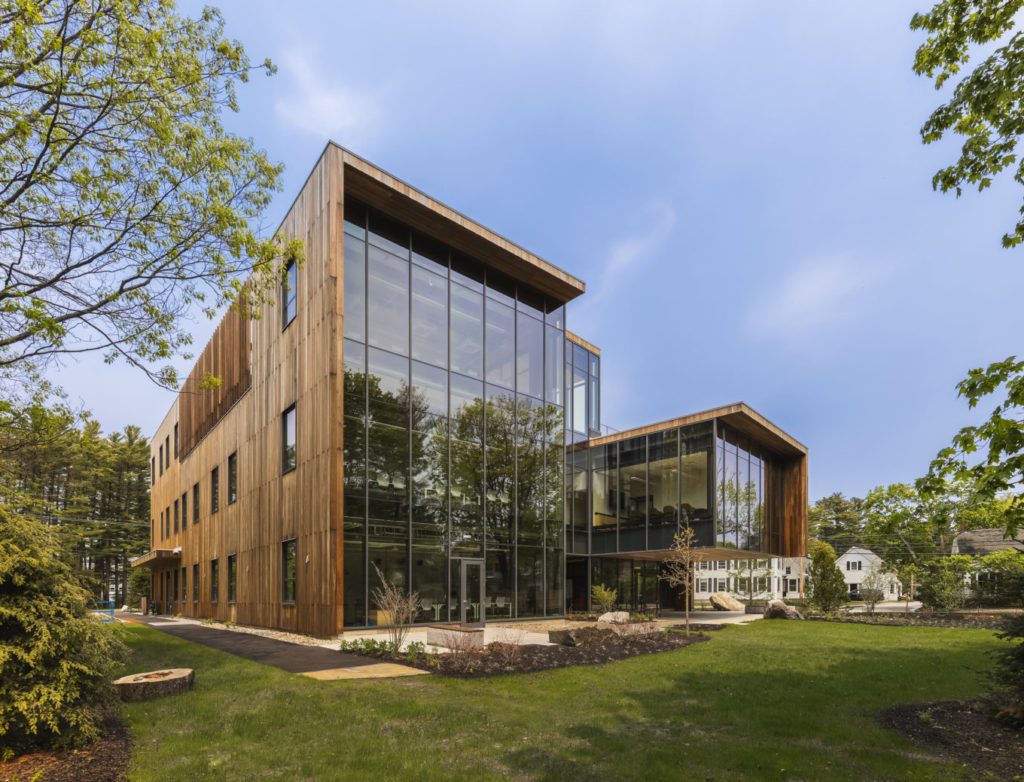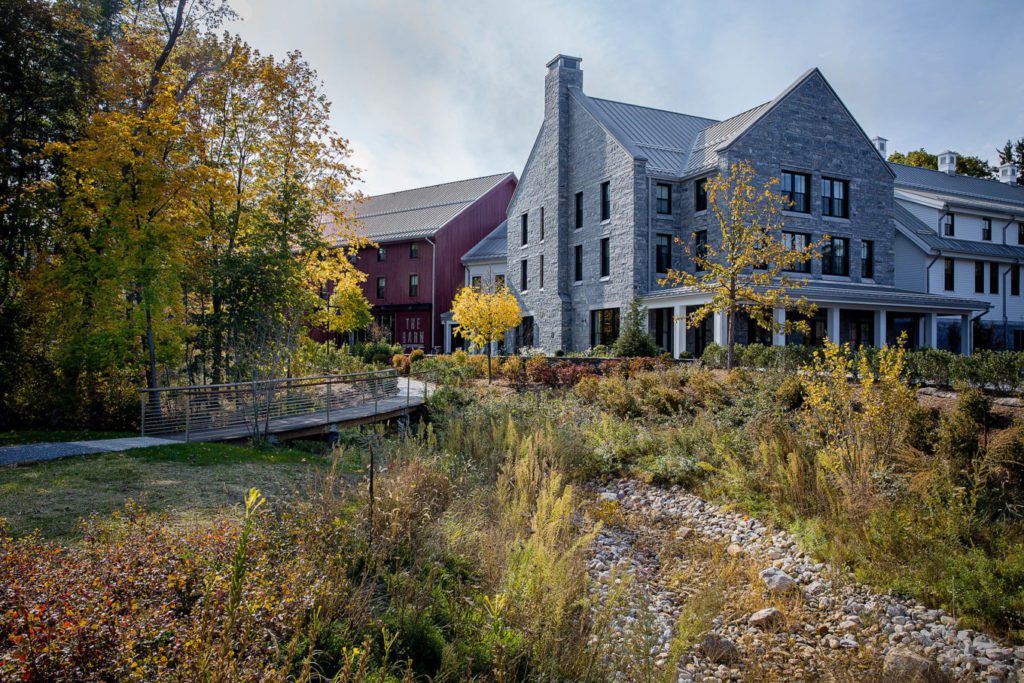Boston Common - April 1, 2021
Tidal Shift: The Architect featuring Justin Crane, AIA
Boston Common featured Associate Principal Justin Crane, AIA, as a local creative making waves in the field of architecture.
View Post As Chair of the American Institute of Architect’s National Ethics Council (NEC), I’ve had the opportunity to reflect on my six years of service and the ways in which our professional Code of Ethics has changed to reflect evolving aspirations for architectural practice.
As Chair of the American Institute of Architect’s National Ethics Council (NEC), I’ve had the opportunity to reflect on my six years of service and the ways in which our professional Code of Ethics has changed to reflect evolving aspirations for architectural practice.
The AIA Code of Ethics has come a long way since its adoption in 1909. At that time the code addressed a primary concern that architects be perceived as more than just businesspeople concerned about their bottom line, but also as a “learned profession.” In light of today’s practices, many of the original prohibitions seem outdated: we could not participate in design-build projects, paid advertising for our services, fee-based competition, or uncompensated design competitions.
These standards remained essentially unchanged until the 1970’s. In 1972, changes to restrictions on competition by the AIA Code of Ethics were mandated by the US Department of Justice obligating architects to comply with the 1890 Sherman Antitrust Act requiring that architects be allowed to compete on the basis of fees. A short time later, a federal court case ruled that enforcement of the supplanting rule constituted a violation of federal antitrust laws. This ruling by the court, together with the earlier one by the Justice Department, led to the AIA’s Code of Ethics being thrown out.
After disposing of its original code in 1979, the AIA re-introduced ethical rules in the 1985 AIA Code of Ethics – essentially requiring that architects simply abide by the law. Since then, the AIA’s Code of Ethics has grown more robust, evolving to reflect the values and ethical aspirations of the profession. Whereas changes to the Code in the late 20th century reflected inward-facing concerns within firms, modern changes reflect outward-facing concerns over the environmental and social impacts of architects.
During the six years I’ve served on the Ethics Council, several key changes were made to the Code to reflect our culture’s and profession’s increasing interests in equity, environmental responsibility, and human rights.
In 2018, we added Ethical Standard 2.4, “Environmental Equity and Justice,” making clear that environmental considerations were part of our obligations to the general public and to humanity.
We also added Rules 2.401 and 6.501 making mandatory the consideration of the environmental consequences of Member’s project decisions.
Of course, the Code of Ethics is only as good as the completed work of the professionals it guides.
At CambridgeSeven, we have taken our professional ethical code to heart, tackling environmental and social challenges through several recent projects. As a firm, we are signatories to the Architecture 2030 Commitment and report annually on our project’s Energy Use Intensities. On an individual level, we encourage our staff to make environmentally conscious decisions like biking to work and taking the stairs; our staff also participate in volunteer programs such as the BSA Foundation’s We Design Together program, bringing design education to local public schools.
Our projects have taken on many complex renovations with the intent of limiting our projects’ carbon footprints by reusing existing structures, transforming everything from an historic jail into a luxury hotel, a pump factory into a community arts center, and a storage warehouse into a children’s museum.

We’ve added LEED Platinum projects to the campuses at Bowdoin College and Williams College. We developed and adopted green specifications as a standard within our office, most recently used in a project that will provide the City of Boston with newly renovated offices that are fossil-fuel-free. Our U.S. Resilience Pavilion design for COP26 exemplified how international teams can collaborate to design and build quick-response structures that can be easily disassembled and recycled – an important innovation in preparation for future environmental and public health crises.
These built successes are only possible through changes to the design process itself. Understanding our obligation to help building owners understand the environmental consequences of project decisions, we conduct a sustainability charette at the beginning of all projects, guiding clients throughout the process in making smart, long-term decisions based on life-cycle cost, resilience in the face of a changing climate, and user comfort.
Social equity, diversity, and inclusion have also become ethical considerations that are central to our projects.
The City of Cambridge’s new Foundry building, opening this summer, returns a derelict industrial building to the community in the midst of Kendall Square’s biotech construction boom. The cultural center provides fab labs, meeting rooms, art studios, and flexible performance spaces for a neighborhood where space is at a premium and community cultural organizations would otherwise be squeezed out by new development.

The Williams Inn provides not only a new hotel for Williamstown, but also a town park, restored wetlands, and free and open terraces offering public space for dining and lounging on what was once a barren brownfield site.
As the first new academic building on Westfield State University’s campus in forty years, the Nettie Stevens Center for Science and Innovation ensures that students at an affordable state college have access to high-performance science facilities rivaling those of the Commonwealth’s more famous private institutions.
A good project should be inspiring in not only appearance and performance but should also be deeply ethical by contributing to a more just, equitable, and environmentally sustainable culture. The AIA’s Code of Ethics has evolved noticeably in the last several years: it is now more aspirational, more inspiring, and more fitting for a profession charged with designing our nation’s future. All of our projects should reflect these aspirations, building the world as we would like it to be.
View the 2020_Code_of_Ethics.
Boston Common - April 1, 2021
Boston Common featured Associate Principal Justin Crane, AIA, as a local creative making waves in the field of architecture.
View PostJustin Crane, FAIA explains ten different ways architects can design while lessening negative impacts on wildlife and natural habitats.
View PostBanker & Tradesman - February 10, 2020
Justin Crane, AIA, Associate Principal, was invited to write to about how the transformation of this extraordinary building is a model for reuse and civic engagement.
View Post